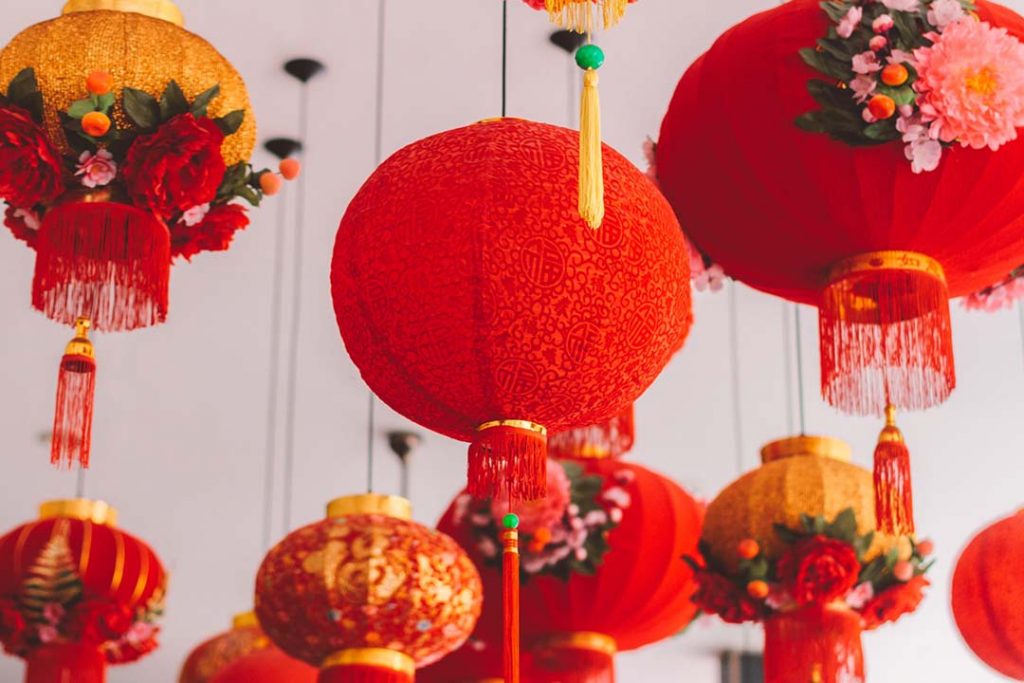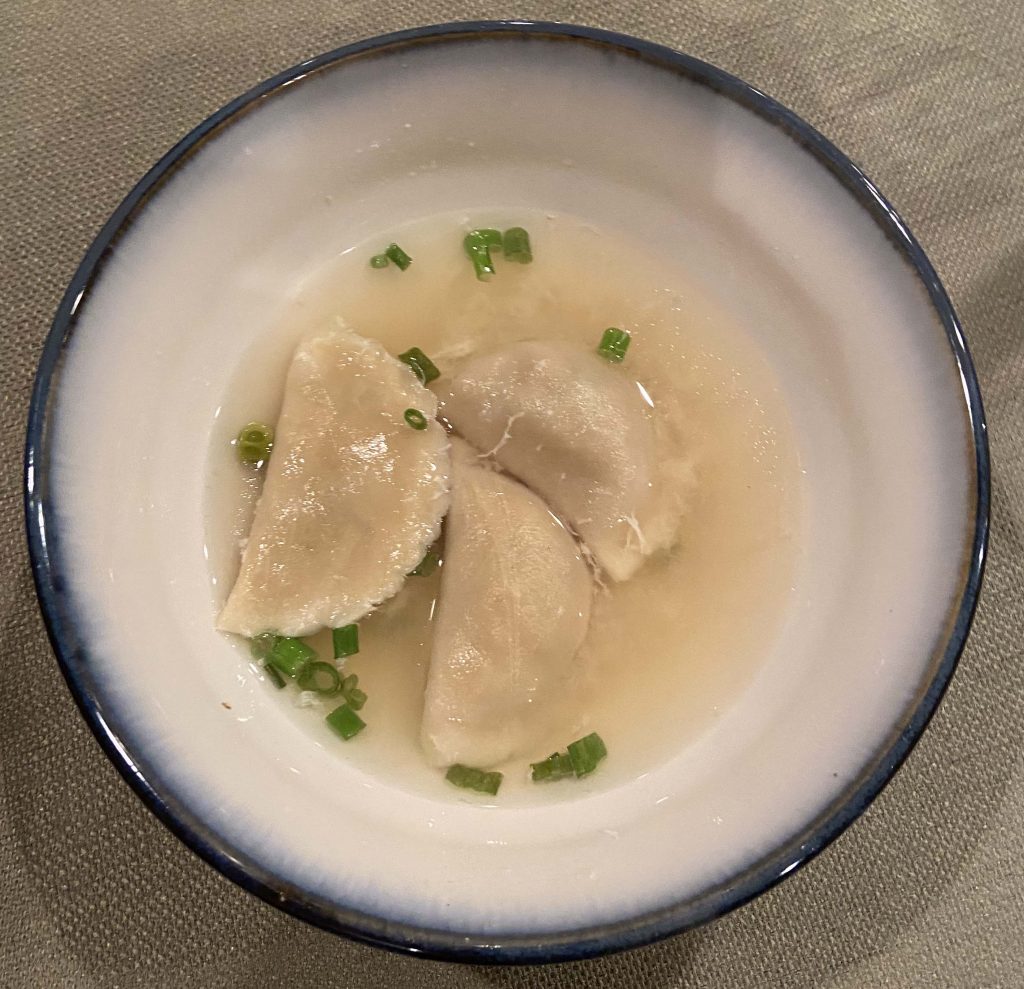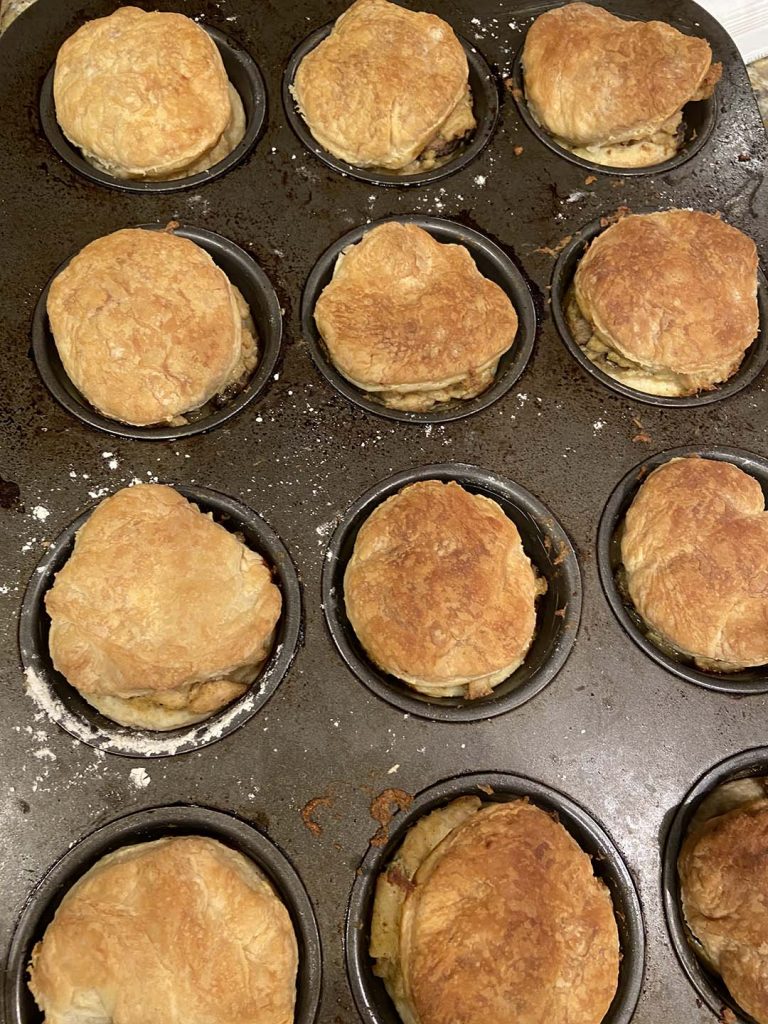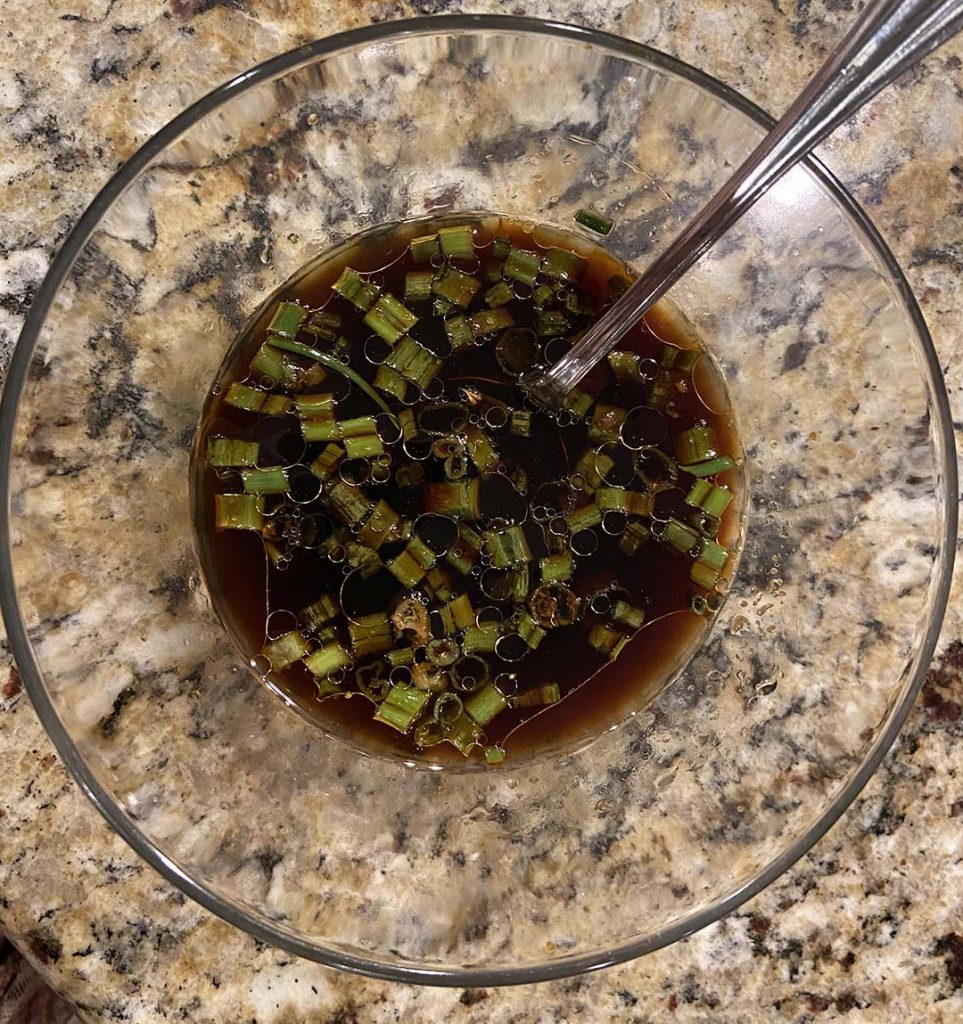By Vickie Terry and Debbie Reddin van Tuyll
Debbie: Chinese New Year is a special time for Vickie and her family, so when she asked me to help prepare a Chinese New Year celebration for our covid-pod, I said, “Sure.” We dragged out all her Chinese cookbooks and chose a few recopies. In other cases, we just got creative, based on her expertise with Chinese cooking. Then, we did a run-through to see how long it would take to prepare.
This kind of cooking can be really time consuming, so we built in some shortcuts. When Vickie makes dim sum, which she’ll tell you about in a minute, she can spend a week working on the various dishes. We were able to complete prep and cooking for our dinner in under two hours. Not bad.
[adrotate banner=”31″]
So now we’re ready to celebrate the beginning of the Chinese New Year on Feb. 12. Unlike western New Year celebrations, the Chinese celebrate the coming of spring for 15 days. And they’ve been observing the New Year’s celebration for close to 4,000 years.
When you plan a meal for something like this, you want to take advantage of those 4,000 years of celebrations, and one way to do it is through the foods you choose to put on the table. Every dish we prepared was made with foods that have particular meanings in the Chinese culture.
For example, we included beef dumplings (we made ours with a vegetarian substitute and our husbands and her dad and son didn’t even notice!) because of their symbolism for happiness, wealth, and family unity. Dumplings have this meaning because of they are shaped sort of like coins.
We included rice because it symbolizes abundance, good fortune and prosperity. Eggs because they symbolize fertility, prosperity and wealth. We also included a couple of vegetarian dishes not just because Vickie’s stepmother is vegetarian but also because vegetables symbolize longevity and close families.
The list goes on, but I don’t want this to get too long, and I want to make sure Vickie has the opportunity to tell you a little about Chinese cooking. She’ll take over in the next paragraph.
Vickie: I got interested in Chinese culture at an early age. My father was born there while his parents were serving as missionaries for the Baptist Church. Dad only lived there for six weeks before they had to evacuate due to the Civil War. He spent the next five years in the Philippines and Taiwan, but my grandparents took Chinese culture with them. Dad learned how to use chopsticks before a fork or spoon.
[adrotate banner=”23″]
When I was 15, my family traveled to San Francisco, and one of our stops was Chinatown and had a meal at a restaurant that served dim sum. We loved it even though we didn’t know what anything was. We asked, and every time, all we got was the Chinese name for the dish!
When we got back to Augusta, we found out that a Chinese restaurant on the Gordon Highway severed dim sum on Saturdays. We went often and got to know the owners really well. When they decided to retire and sold the restaurant, it just wasn’t the same, so my family tasked me with learning how to make homemade dim sum. Not an easy task before the Internet.
Over the years, with the help of a Chinese friend and some really good books, I have to say I’ve gotten pretty good. The best books I have ever found are “Dum Sum: The Art of Chinese Tea Lunch” by Ellen Leong Blonder and “Every Grain of Rice” by Ellen Blonder and Annabel Low. Both books give history, information, and clear directions. The pictures in the books are watercolors done by Blonder. The books are available on Amazon.
Chinese New Year, the motivation for this meal, is a celebration of life and reunion. It is a time to honor the gods and ancestors. It is a time to put ill-fortune behind you and welcome in good luck – something we can all use in this pandemic.
The first day of the Chinese New Year is timed to fall on the first new moon that appears between Jan. 21 and Feb. 20. This year, that is Feb. 12. We will welcome in the Year of the Ox that day. If you were born in the year of the Ox (961, 1973, 1985, 1997, 2009, 2021), you are said to be diligent, dependable, strong and determined.

Typical observances of the day include celebrations with the large extended family – or covid-pod – that include dinner, fireworks, red lanterns and a dragon parade. You give gifts in red envelopes (usually money and red because that’s a luck color for the New Year – it represents happiness, success and good fortune).

Following are some of the recipes that can be supplemented with store-bought spring rolls, really easy egg drop soup and whatever else you want to include. Or, if you aren’t feeling adventurous, you can always order in from your favorite Chinese restaurant.
If you do decide to cook yourself, a few of my favorite recipes follow. They’re time – and family – tested favorites. The first is meat curry pies. While one might not immediately think of curry with Chinese, because of the close geographic proximity, curry is in fact, incorporated into many dishes. The original recipe I used called for you to make your own dough. Puffy pastry is a great substitute.
[adrotate banner=”19″]

Curried Meat Pies
1 pkg frozen puff pastry
1 lb. ground beef (can also use chicken)
1 8-oz. box fresh mushrooms
1 tsp. grated garlic
4 Tbs. coconut milk
4 tsp. curry powder (can use more or less to taste)
1 Tbs. oil
In a skillet, heat oil and garlic. When hot, add ground beef and mushrooms. Cook until beef is brown and no longer pink. Add curry and coconut milk. Stir together and set aside to let cool. Roll out both sheets of puff pastry. Cut 12 circles out of each. Place one in each whole in a greased muffin tin. Fill with meat. Top with second circle. Bake at 375 degrees F. for 30 minutes.
The next recipe is the perfect dipping sauce for just about anything from spring rolls to dumplings to shrimp toast. You can use the leftover sauce in a stir fry. But I bet there won’t be any leftovers. It’s good!

Ginger Soy Sauce
½ c. soy sauce
1 Tbs. rice wine or dry sherry
2 tsp. sesame oil
1 Tbs. grated fresh ginger
1 green onion, sliced. Include both green and white parts
Mix all ingredients in a bowl. Serve with dumplings, pot stickers, spring rolls or egg rolls. Store in refrigerator for up to a month.
While most dim sum recipes call for pork, shrimp, fish or vegetables, I have found that this beef dumpling recipe is a favorite for picking eaters.
Beef Dumplings
10 oz. lean ground beef
1 green onion thinly sliced (white and green parts)
1 tsp. salt
1 Tbs. soy sauce
2 tsp. rice wine or dry sherry
¼ tsp. pepper
2 tsp. toasted sesame oil
2 tsp. cornstarch
1 pkg. wonton wrappers
Oil
Cup of water
Mix all ingredients except wonton wrappers to make filling. Take one wonton wrapper, put water on all four edges. Place 2 tsp. of filling in center of wrapper. Fold into triangle and press seams together lightly.
Heat skillet with 2 tsp. oil on medium heat. Place dumplings into pan. Pour about ¼ cup water into skillet. Cover and cook for 5 minutes. Uncover and cook for another 5 minutes. The rest of the water will continue to evaporate.
Carefully move the dumplings to a plate or pan. Repeat process by adding more oil, dumplings and water. May be served hot or at room temperature. Leftovers can be reheated in the microwave.
Fried rice is one of those dishes that everyone seems familiar. Here is a simple one that can be adapted to your liking. You can also use any leftover meet or vegetables.
Vegetable Fried Rice
4 c. cold cooked rice
1 c. mixed vegetables of your choice
2 eggs lightly beaten
1 green onion thinly sliced (include white and green parts)
1 tsp. plus 1 Tbs. oil
4 tsp. soy sauce or to taste
1 c. of meat (optional)
Chop vegetables that need to be chopped. Heat a skillet with 1 tsp. oil and scramble the eggs. Once cooked, move to plate and set aside. Add 1 Tbs. oil to skillet and add green onion and garlic. Stir fry for 1 minute. Add vegetables. Cook while stirring for 3 to 4 minutes. Vegetables should be tender. If adding meat, add and cook another 2 to 3 minutes. Add rice. Stir. Add soy sauce and stir to incorporate. If rice seems dry, add more soy sauce and 1 to 2 Tbs. water. Add eggs back into skillet. Toss and serve.
Debbie Reddin van Tuyll is Editor-in-chief of The Augusta Press. Reach her at debbie@theaugustapress.com
[adrotate banner=”43″]













